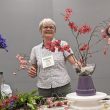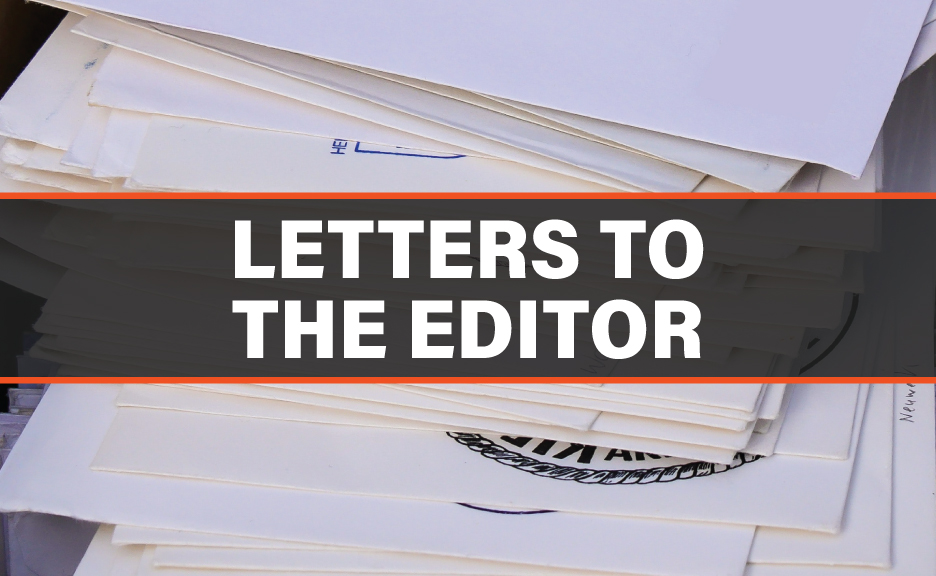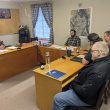The Lebanon Museum Foundation held its kickoff event Oct. 3 with local archaeologist and historian Tony Farque, who spoke to a crowd of about 30 people, recounting how Kalapuya tribes lived in the area prior to European settlement.
Though it was apparent Farque has a number of stories to share about Kalapuyans, he focused mostly on the subject surrounding 140 “large, raised mounds” in the area. Assumed in the early 1920s to be platforms for rituals and burials, it is now known that those mounds were “grandmother’s garden,” said Farque, a staffer at the U.S. Forest Service’s Sweet Home Ranger District.
He regularly leads outdoor activities, usually history-related, for the Ranger District and is a regular speaker in area schools, where he often portrays various historic characters.
“I want to thank the 500 generations of Kalapuya grandmothers for tending this valley with such care, and having such a bountiful harvest for the people for so long,” he said.
The Kalapuyans grew and harvested camas bulbs, a purple-flowered plant that can still be seen in the spring along roadside ditches, Farque said.
“If you go and eat these bulbs without properly preparing them, you’ll be given the gift of gastronomic distress, which will remain legendary in your family for decades. It’s quite unpleasant,” he said. “But if you roast it, you change the chemical composition; it’s extremely digestible. It comes out like a roasted pear, it’s pretty good.”
Once cooked, families mashed the bulbs into their own recipes, adding fruits, nuts, grasshoppers and such, and created “trading wheels,” a one- or two-inch thick dinner plate-sized cake that was used as the primary trade item for Kalapuyans.
“They were manufacturing, for trade, the Northwest’s first power bars,” Farque noted.
The Kalapuya tribes were also known for their production and trade of medicine, he said, producing at least 75 different medicines from plants in the Willamette Valley.
Sharing these many stories and archaeological finds from Lebanon’s native tribes is part of what the Lebanon Museum intends to offer the city, but opening its doors might still be a long way off.
The committee is currently working on the foundations of setting up a museum, and has begun asking for financial donations and a climate-controlled storage space until a building can be located, said Paul Aziz, committee member.
What the committee envisions is a dynamic, not static, museum.
“It’s gonna be constantly changing,” Aziz said. “We kind of want to mimic what the library does: make it very active, make it interactive with the kids and people, so that we’re always having events, and things are changing and displays are changing. This isn’t going to be an old-time museum that just sits there and collects dust. It’s actually going to be very active and very responsive to the community.”
One thing the committee has already established is its mission statement: To preserve, educate and engage the community in the history and the culture of the Lebanon area.
Read more about the museum in last month’s story at https://www.lebanonlocalnews.com/museum-committee-members-take-their-research-on-the-road/








